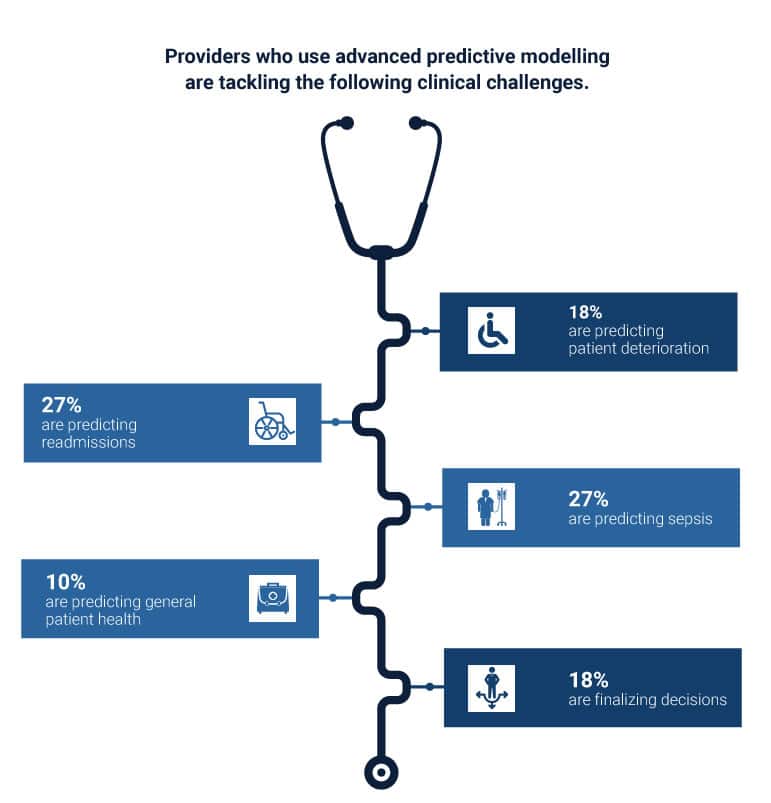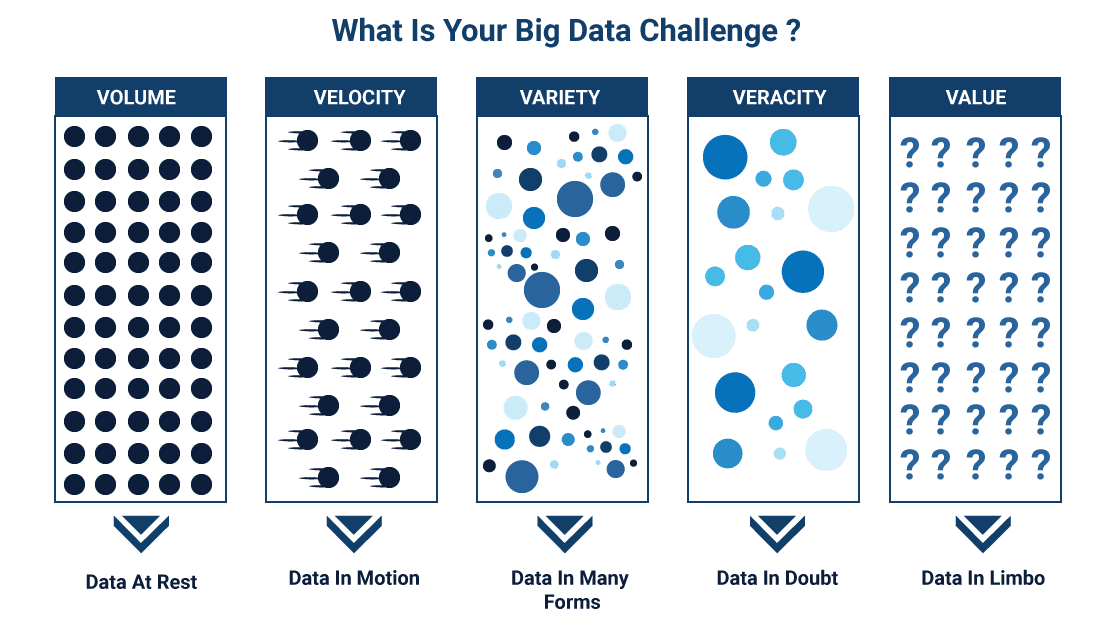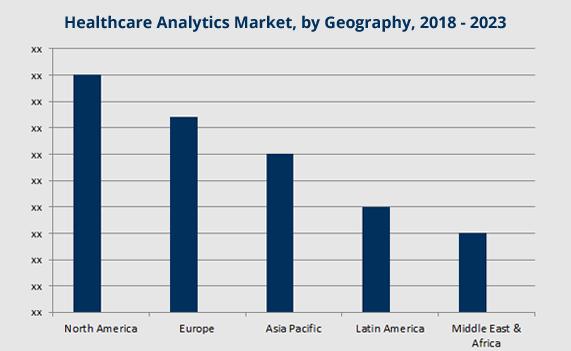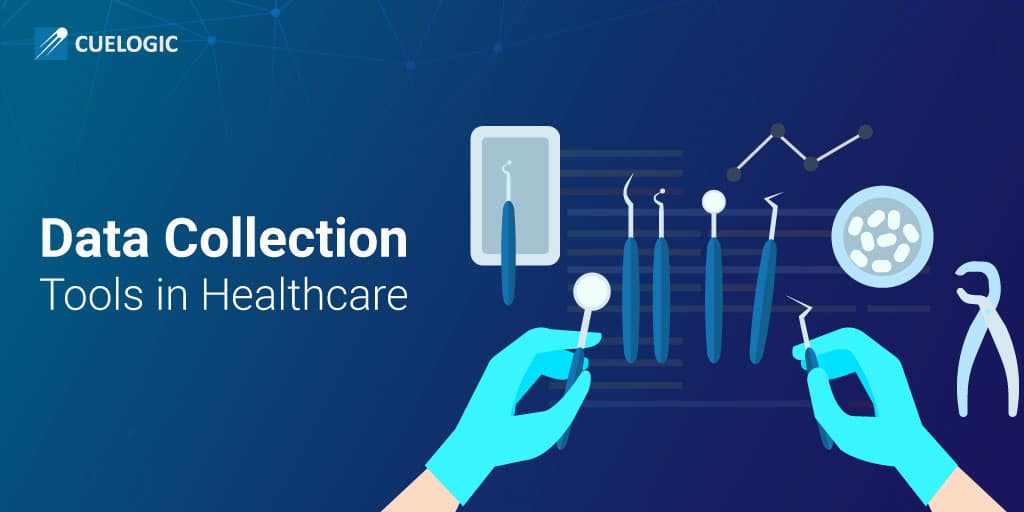Data collection through various tools has been one of the primary ways through which the healthcare industry gets new insights. With time, data collection has extended reach, through which it can deliver on key problem areas and create viable Healthcare IT solutions.
This solutions-oriented methodology is the core reason behind the success of Healthcare players. They’ve been instrumental in enhancing the overall appeal of the space, by bringing together disconnected instances. They’ve also been able to improve the approach itself by leveraging critical technologies in the domain.
Research from Frost & Sullivan has shown AI healthcare growth of about 40% through 2021. The highest demand for this technology area has been in the space of data collection. With the rise of AI, Machine Learning, NLP and Blockchain, data collection has become a more simplified process.
It has taken the reigns as being one of the more preliminary ways of acquiring key data. With more data being fed back into the system, there are more chances of clearer insights and cleaner overall output. From a data analytics stand-point, data collection is one of the most critical aspects of the process.
The lack of precise data and the availability problem
There is a lack of clarity when it comes to sourcing the right amount of data. There is also a lack of quality that is present in data collection techniques right now. There are several biases and errors that both humans and computers can make. This includes preferences in data collection, from a results point of view.
This is when you’re looking for the right data when there isn’t one ready. That’s where sampling errors and confidence interval problems rise as well. It creates for a weaker result in the end. It also drives greater ambiguity in the final results. This harms the healthcare community as a whole.
“When you are making omics measurements, you need a ‘sparse model’ – the few things that matter to the process you are looking at, like the mutation drivers in cancer, for instance, or the microbial species active in the metabolism of a specific chemical compound. But in ‘omics,’ you are gathering data about a universe of things of which 99% have nothing to do with what you are trying to measure.” – Ben Brown, Chair of Environmental Bioinformatics at the CCB, the University of Birmingham Professor.
The availability of the data is a critical issue as well. While data may not be present across the board, there may be areas where information isn’t available in the right amount. That’s where sample sizes are too small to execute. The data entry person or the researcher may not have the proper understanding of why they’re recording.
This may give rise to problems that arise from the action. While the inability to collect quality data exists, there is a stronger need for better data collection tools to be present in the industry.
In the Healthcare space, there is a greater need for better data capturing technologies to exist. This is even more so pertinent in the AI space, where we need more data to compute better algorithms.
Otherwise, there are lapses in the code, and the data doesn’t power the analytics anymore. Information needs to be a coherent participant in the digital revolution we’re seeing in the healthcare domain right now. That’s why companies and research institutes need to opt for greater data collection tools in healthcare.
Data collection and security in Healthcare
There is a more significant challenge in the data collection domain, about the security aspect. While security measures are being put in place, very few of them reach out to the higher data collection model. From a data perspective, it’s critical to have the right approach when understanding security. By leveraging key technologies such as Blockchain and Machine Learning, companies can invest in the valuable long-term collection of data points across the panel. There are greater advantages with using predictive modeling in the space as well, owing to the rise in providers seeing greater ROI.

Merck works with Atomwise to strengthen its secure data collection via Deep Learning. It’s one of the premier examples of when data science can be made that much more secure using AI and ML. It’s also a more excellent way to ensure longevity in the data collection model. Using sophisticated tools and deep analytics, companies like Merck have been able to remain successful. By strengthening the core offering, it provides a more comprehensive approach overall.
Data collection is crucial but remaining compliant to all security protocols is essential as well. Approaching data collection from a security-first mentality is imperative. This will enable greater protection across the board and make organizations that much more compliant to all processes. As there is always a data theft and data-mining issue, companies must remain vigilant towards attacks that may arise in the process. From a security standpoint, the Healthcare space must take the necessary measure to prevent theft from occurring.
There is an additional challenge with data collection which revolves around the integrity of the process. If the process is open and there are many collaborators present, then the data may be subject to outside theft. There are also chances of tampering in the collection process, along with issues that may arise from external validation. There can also be situations wherein the overall data are capturing process compromised with additions from outside the industry. The company will have to preserve its security measures and create a more compliant environment for better healthcare.
Tools to a better-quality data
There is immense value in capturing better quality data, which is where data collection tools come into the picture. They’re designed to enhance the overall experience of achieving the right data at the source. Some of the newer applications of AI and embedded systems capture more data at a faster rate. It’s important to start from what your Big Data goal is and then work from there. A reference is shared below.

With the introduction of 5G in the coming quarters, it’s going to enhance our ability to incorporate more data. Additionally, from a technology standpoint, there are more significant advantages to adopting a more tech-first mentality. Everything from faster IoT data sharing to more leveraged bandwidth utilization can be accomplished with the help of better-quality data capturing tools. That’s why it’s essential to have the right approach when it comes to data capture.
“Collecting real-world, real-time data through digital technologies will become a fundamental part of the program. This information, in combination with many other data types, will give us an unprecedented ability to better understand the impact of lifestyle and environment on health outcomes and, ultimately, develop better strategies for keeping people healthy in an exact, individualized way.” – Eric Dishman, Director of National Institutes of Health (NIH)
From a health-sciences perspective, it’s imperative to ensure that data is being collected in a highly organized manner. While there are tech innovations that help in capturing this effectively, policies and talent must be utilized in the right way as well. This is done to ensure that there is a streamlined approach to collecting the correct data in the field. This is also the right approach, as it creates greater transparency in the process. Companies can then leverage the data collected to ensure that there are no discrepancies around any subject areas as well.
Each data capturing tool will have its own set of limitations and drawbacks, but it’s essential to maintain a steady flow of transparency and accountability in the system. This enables a higher quality of data being captured regardless of what tools are being used to do so. Additionally, from a research perspective, it’s essential to have all the tools required to be aligned with the overall goal. If technologies are being integrated into space, there will have to be greater leverage in each step of data-entry.
Enhancing existing Enterprise Data Warehouses (EDW)
It’s important to have the right data collection tools in healthcare, that work well with Enterprise data warehouses. This is critical to ensure as compatibility is vital, especially when dealing with data houses that go back decades. This is also important to fully explore as there are cases where the data has been proven to be faulty, and there are incompatibilities in results when there is terrible integration. The EDW needs to be scalable and blend in with the existing tools being leveraged. That’s why the data collection tools need to be used to enhance EDW systems.
Data collection tools also need to ensure that there is interoperability across the system. There shouldn’t be situations where more data is shared when less is required. There are also cases where metadata gets shared across an encrypted platform, and that violates compliance policies. That’s why the data collection tools used should be scalable and reliable enough to ensure proper compliance and security.
“As digital records enable infinite perfect duplicates, reidentification is a threat that outlives the patient, and over that potentially infinite time scale includes the risk of joining too many datasets, using many computational methods, that could not have been foreseen at the time of initial data collection or release.” – Professor Thomas McCoy, Harvard Medical School.
From the perspective of the research labs across the world, the data collection tools matter immensely. What device you’re using will shape your research project in more ways than one. It can also define your overall approach and make your company more/less compliant to industry standards. When using the right data collection tools, there are no challenges within peer-reviews and reports/analytics. That’s where the complete gamut of experiences coalesces for researchers, and they can entirely rely on the data 100%. This has been one of the most significant contributors to the global Healthcare analytics market. As countries become more sophisticated with data capture, they can perform better analytics.

Capturing data better at the source
Capturing better data at the source itself is essential. This is done by having better-automated technologies and tools that are designed to ensure a more integrated approach. This enables companies to capture better data and creates a more dynamic data center for analytics. As the tools evolve, so do the data catching methods themselves. This gives rise to a more holistic approach to data analytics and integrating best practices.
“Digital and AI are emerging as critical areas for technology spend among healthcare enterprises in 2019. However, healthcare executives are realistic around their technology needs vs. their need to improve care delivery. They find the currently available digital health solutions in the market are not very mature. However, they are also more upbeat about the overall IT spend growth than their technology vendors.” – Paddy Padmanabhan, CEO Damo Consulting.
Capturing data at the source also includes a variety of approaches that healthcare players can use. Some technologies leverage the power of Blockchain to ensure that the retrieval and storage of raw data are more secure. This is a highly effective form of saving information in your dashboard.
Another essential aspect of the capturing mechanism is the practical training required to maximize utility. When research firms employ the right talent for a particular project, they need to ensure that they’re doing so for the right technology tools. The core talent must be knowledgeable enough to understand the utility of the technology being implemented. An additional factor to take into account is the scalability of the tool being used. This is important to review as with every healthcare project, and there is a large amount of data being produced. With data, a need for better scale arises which ultimately leads to better data collection at the source.
Ensuring effective data capture
The real challenge in the healthcare space is to have better data collection tools to be optimized by better data collection models. When researchers have access to one type of data, there needs to be a meaningful association behind it. Researchers shouldn’t ship off that data to be studied under another lens. It’s also ideal to ask the right questions when procuring data in the first place.
“The challenge is how to make meaningful associations between these datasets and how to use them to identify subgroups of the population for individual treatments. Working closely with researchers, this is starting to happen within the NHS and is an important stepping stone towards conventional individualized medicine.” – Professor Gkoutos, University of Birmingham Health Research
The best approach is to define the core problem well. When the core problem has been fleshed out, it generally lends to a more refined approach in data capturing. Researchers can ask pertinent questions to patients who can then respond accordingly. Lower ambiguity and greater clarity are being implemented through these processes. Some of the critical concern areas with ensuring effective data capture are as follows –
- Asking the right information from patients and research participants. This is an important step to consider as various challenges within the Healthcare space prevent any missteps. When requesting the correct information from patients, it’s important to understand what problem is being addressed. By having extensive knowledge about key parameters, it makes the capturing process that much easier.
- Training staff in an efficient manner. Training is everything in the healthcare space. It’s the difference between efficiently collecting the right data. Having good quality data in the area is essential to produce as there are few methods of recovering within the Healthcare space. Additionally, when companies offer nuanced and expensive research centers, they deploy best-in-class technologies. It’s important to have the right research staff present to retrieve the correct information.
- Technological savvy to deal with coding, errors or bugs. The admin or the source-manager must be able to code inaccurate information to enable greater integration and better management. This is also critical to understand as there are real challenges within the Healthcare space when it comes to technological know-how. Not enough researchers can code in the right algorithms to run simulations on the data captured. This may lead to workarounds or poorer integration overall.
Problems with one-off solutions/Single-line leads
Multiple one-off products offer a unique approach to data capture. Mostly, they perform the same function but aren’t integrated well into the ecosystem being used. They’re also in conflict with industry standards at times, making them difficult to use and leverage. They’re even in constant motion and researching on them may make it difficult to scale up. There may be integration issues and updates that never show up in time.
Security can be a challenge here as well. As more tools are introduced in the marketplace, it becomes difficult to address all areas effectively. When updates are released into the ecosystem, all areas within the Healthcare domain must be then connected at the same time. Otherwise, where compatibility was a strength, it becomes a weakness now. That’s why it’s always best to opt for a complete ecosystem package that comes with data capturing, storage and cloud capabilities.
New age technologies are also leveraging the latest Blockchain in healthcare. They’re using some of the best-known innovations in data storage and integration. The blockchain is enabling greater storage and secure retrieval of data, allowing companies to ensure better data collection. As a premier data collection tool, Blockchain is enabling more significant innovation in the space.
Data collection is also rarely linear. There are many sources to reference and many data sets to review individually. When projects run across multiple years, it is imperative to have a data collection tool that is cross-compatible across various domains. It’s also better in the sense of scale. When projects expand to cover more ground, data collection tools can become the integration bridge to collect and review multiple sources of information/insight. From a resources standpoint, it makes perfect sense to opt for a compatible data collection system. As research becomes increasingly structured, new tools are emerging in the market that blend with existing systems.
Collaboration, Security and Analytics
In the Healthcare domain, there are situations where errors may arise in the data collection phase. This emerges as a result of faulty collaboration or security measures that haven’t been put in place correctly. That’s why the data collection model and tool must be designed to capture information more efficiently.
It’s essential to run the right format of audits that can capture greater information within the data collection domain. Certain times there are BotNets and Malware infections that can take years to emerge. They convert into ransomware software and then lead to issues with data integrity. From a security standpoint, it’s critical to have the right data collection tool to enforce more magnificent guidelines.
Security is equally important to review as is collaboration. When multiple collaborators are present in an ecosystem, then it’s essential to consider the holistic nature of the paradigm. Collaborators shouldn’t always receive access to research data. This can lead to data corruption and the mixing of multiple tiers of information. A data capturing tool should be simplified enough to ensure the right amount of data being displayed and collaboration to take place on an authorization basis. By having the right ecosystem of data capture, it can become more natural in the long run to build a more refined mechanism.
Finally, when it comes to analytics, there are many tools in the marketplace to create more effective insights. Analytics has evolved to include AI and Machine Learning in the core process. There are various mechanisms to capture the right amount of information in the domain, along with AI tools to ensure useful analytics. The data capture tool should be robust enough to obtain information and leverage AI for better analysis. A comprehensive tool would be the best option in this situation.
Conclusion
Data collection has been one of the premier methods through which the Healthcare industry has advanced over time. There have been multiple areas, within the space, which have been developed owing to the innovation produced by core technologies. Everything from AI too smart wearables has been enhanced by leveraging the right forms of data collection tools. Data collection has reached a point where we have advanced technologies available to capture better quality and quantity of data. The Enterprise data industry, in the healthcare segment, has advanced owing to the increase in the quality of valuable data. Insights can emerge from this data, that are increasingly valuable to the healthcare space.
